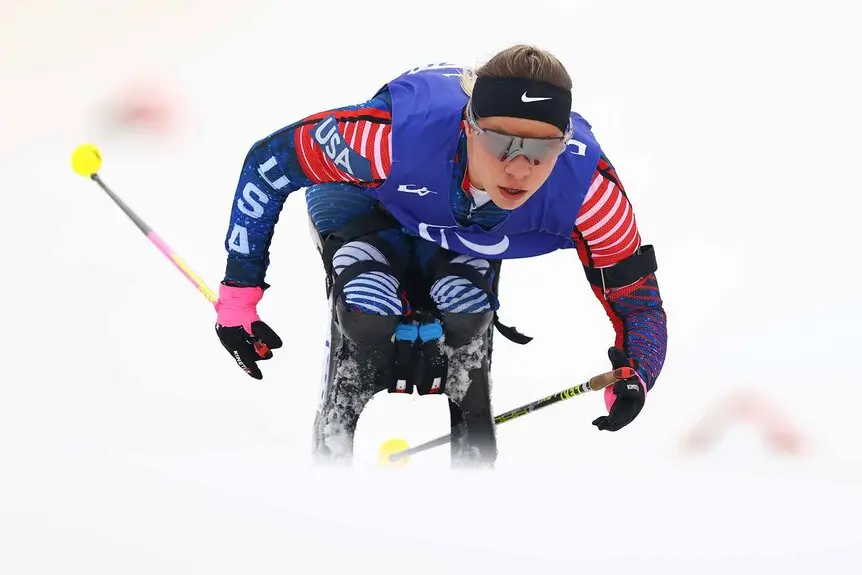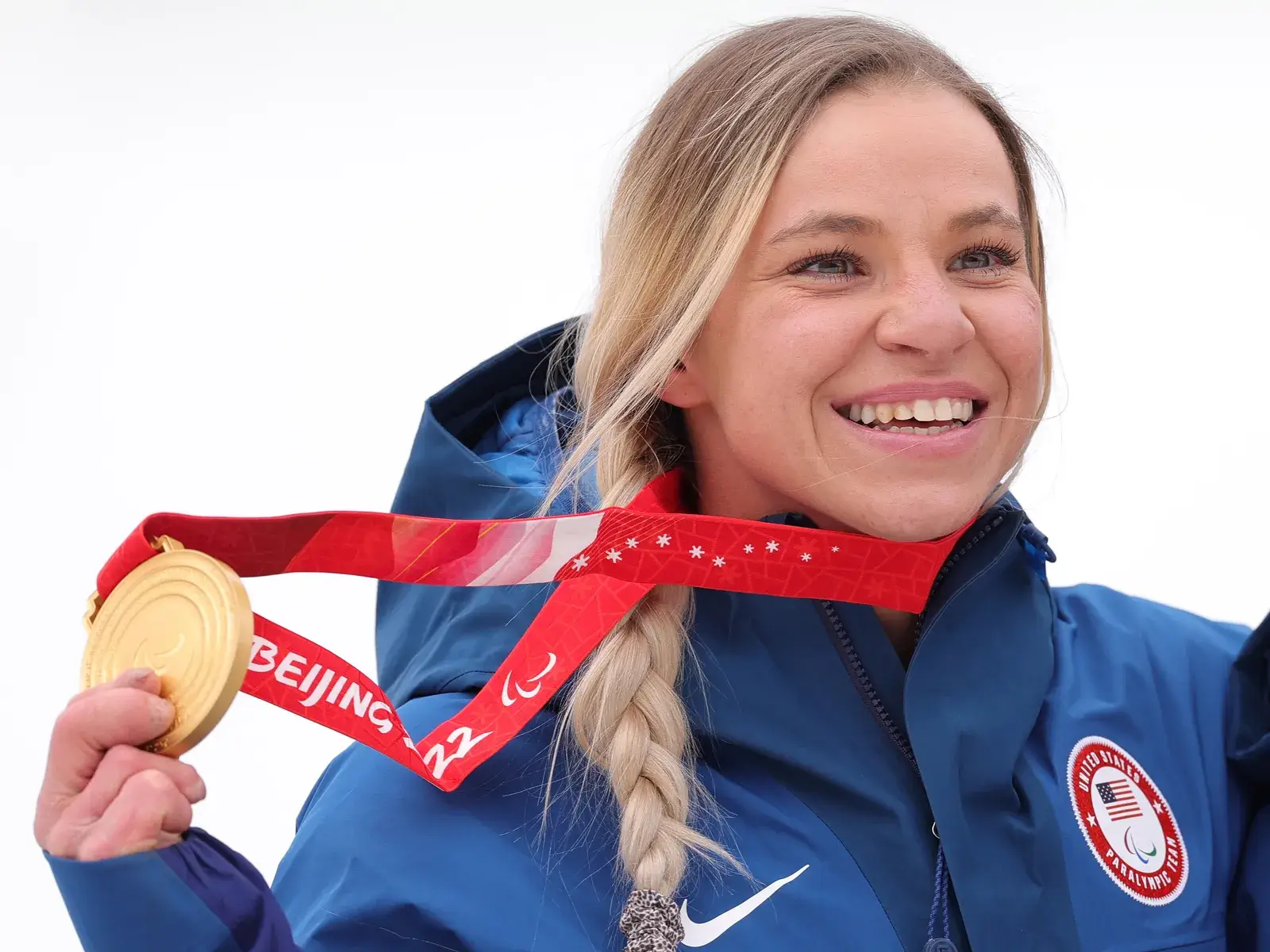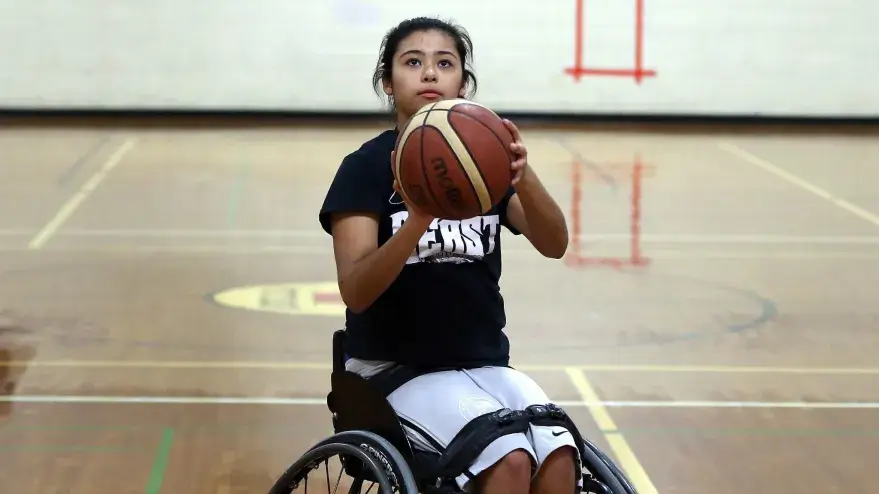The Paralympic Games are sports for athletes with disabilities. Their influence started in 1960 and have grown a lot. But many people still don’t know about them. Global media—like TV, newspapers, and social media—helps make the Paralympics more visible.
Years ago, few people watched the Paralympics. Now, media spreads the word fast and analyze what people say about the games. This article looks at how global media boosts Paralympic visibility. It’s simple, fun, and full of facts!
What Are the Paralympic Games?

The Paralympics are sports events for people with disabilities. They happen every four years, like the Olympics. Athletes compete in sports like swimming, wheelchair basketball, and track. The games started small but now include thousands of athletes from many countries.
The Paralympics promote inclusion. They show everyone can achieve great things. Media helps share these stories with the world. For more on the games, check Paralympic History and medal tally of Indian players.
Why Visibility Matters
Visibility means how many people know about the Paralympics. More visibility brings more fans and support. Media can make this happen by showing games on TV or posting on social media. When more people see the Paralympics, they cheer for the athletes like Dublin Escouts.
How Media Shapes Sports?
Media makes sports exciting for everyone. Think about the Olympics or soccer’s World Cup. TV shows, news articles, and X posts get people talking. The same happens with the Paralympics, but it needs more attention.
Media shapes what people think. It can make athletes heroes. For the Paralympics, good media coverage means more people learn about disability sports.
Big sports events get tons of media. For example, the Olympics are on TV everywhere. The Paralympics are getting there too.
History of Media Coverage for Paralympics

Long ago, the Paralympics got little attention. Newspapers wrote short stories. TV showed only a few events. The 1988 Seoul Paralympics changed things. They got more TV time. By 2012, London’s games were a big deal. TV channels aired live events. Social media buzzed with posts.
Today, platforms like X and Peacock share Paralympic stories. Media coverage keeps growing, but there’s room for more.
Topic Modeling Shows Media Trends
Topic modeling is an NLP tool. It finds big ideas in media stories. For example, it shows if articles talk about athletes or events. Studies say media now focuses on athlete stories, not just disabilities. This makes the Paralympics more exciting. Topic modeling helps us see these changes clearly.
Measuring Paralympic Visibility
How do we know the Paralympics are more visible? We check TV ratings, social media likes, and website visits. The 2020 Tokyo Paralympics had millions of viewers. X posts showed people talking about it. Media makes these numbers grow like Mac.
NLP tools measure this. They check what people say online. This shows how media influences Paralympic visibility.
Sentiment Analysis of Public Opinion
Sentiment analysis is an NLP tool. It checks if people feel happy or sad about the Paralympics. For example, an X post like “Wow, Paralympic runners are fast!” shows excitement. Studies show most posts are positive. This means media makes people love the games. Sentiment analysis helps us understand these feelings.
Challenges and Opportunities in Media Coverage

Media coverage isn’t perfect. Some problems are:
-
Less Airtime: Paralympics get less TV time than Olympics.
-
Wrong Focus: Some stories focus on disabilities, not skills.
-
Low Awareness: Many people don’t know the Paralympics exist.
But there are chances to improve. Media can share more athlete stories. Social media can spread the word. Streaming services can show more events. These steps boost visibility.
Entity Recognition Identifies Key Players
Entity recognition is an NLP tool. It finds names in media, like “Tatyana McFadden” or “wheelchair basketball.” This shows who gets attention. For example, it can spot popular athletes. Media can use this to cover more people fairly. Entity recognition makes coverage better.
Conclusion
The future is bright for Paralympic visibility. Streaming services like Peacock show more games. X posts keep fans excited. AI and NLP can make media smarter. They can find what fans want to see. This will make the Paralympics even more popular.
Global media makes the Paralympics shine. It shares stories of awesome athletes with the world. NLP tools like sentiment analysis and topic modeling show how media works. There are challenges, but we can fix them. Let’s use media to support the Paralympics more! Keep cheering for these amazing athletes.

